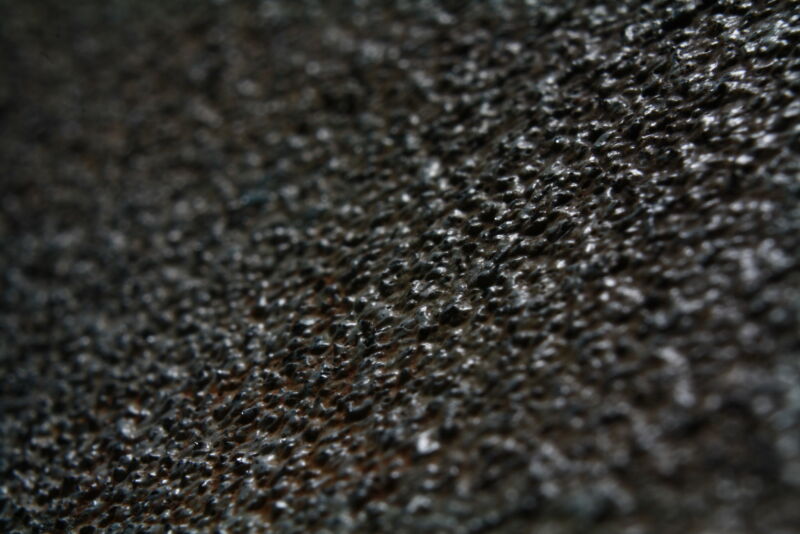Flat surfaces surf past each other on the peak of a wave

Enlarge / Some surfaces, like sandpaper, create more friction than others. (credit: Daniel Machado / Flickr)
A cook's reaction to cockroaches in the kitchen is a good approximation of a physicist's reaction to friction: not only is it undesirable, it is hard to get rid of. OK, our analogy falls at a last hurdle: unlike cooks, most physicists don't really want to understand friction.
That said, there are a few strong-stomached physicists who are trying to understand friction. One of the problems they face is that friction is so" individual. Every experiment is different. Even copies of the same experiment are slightly different. Despite that, one group has now managed to come up with a general model that replicates many of the main features of friction.
Friction, how I stab at theeActually, part of that last sentence is a lie. The model focuses on the transition between two different types of friction. I'll get to that in a moment.
Read 10 remaining paragraphs | Comments